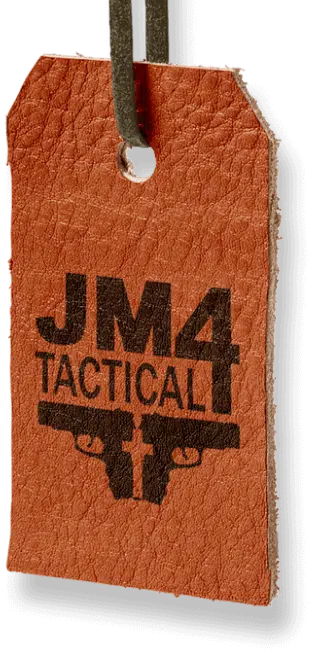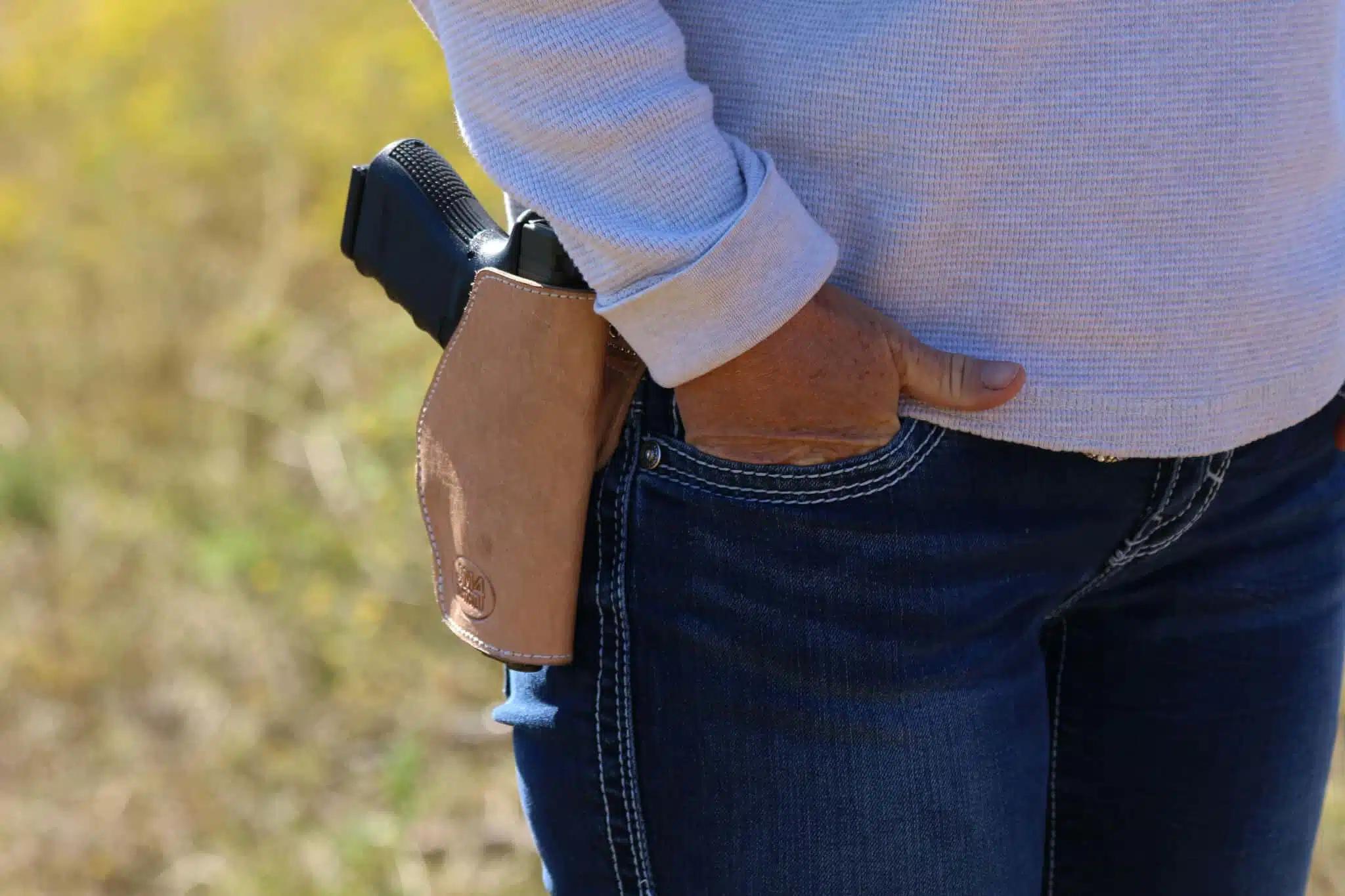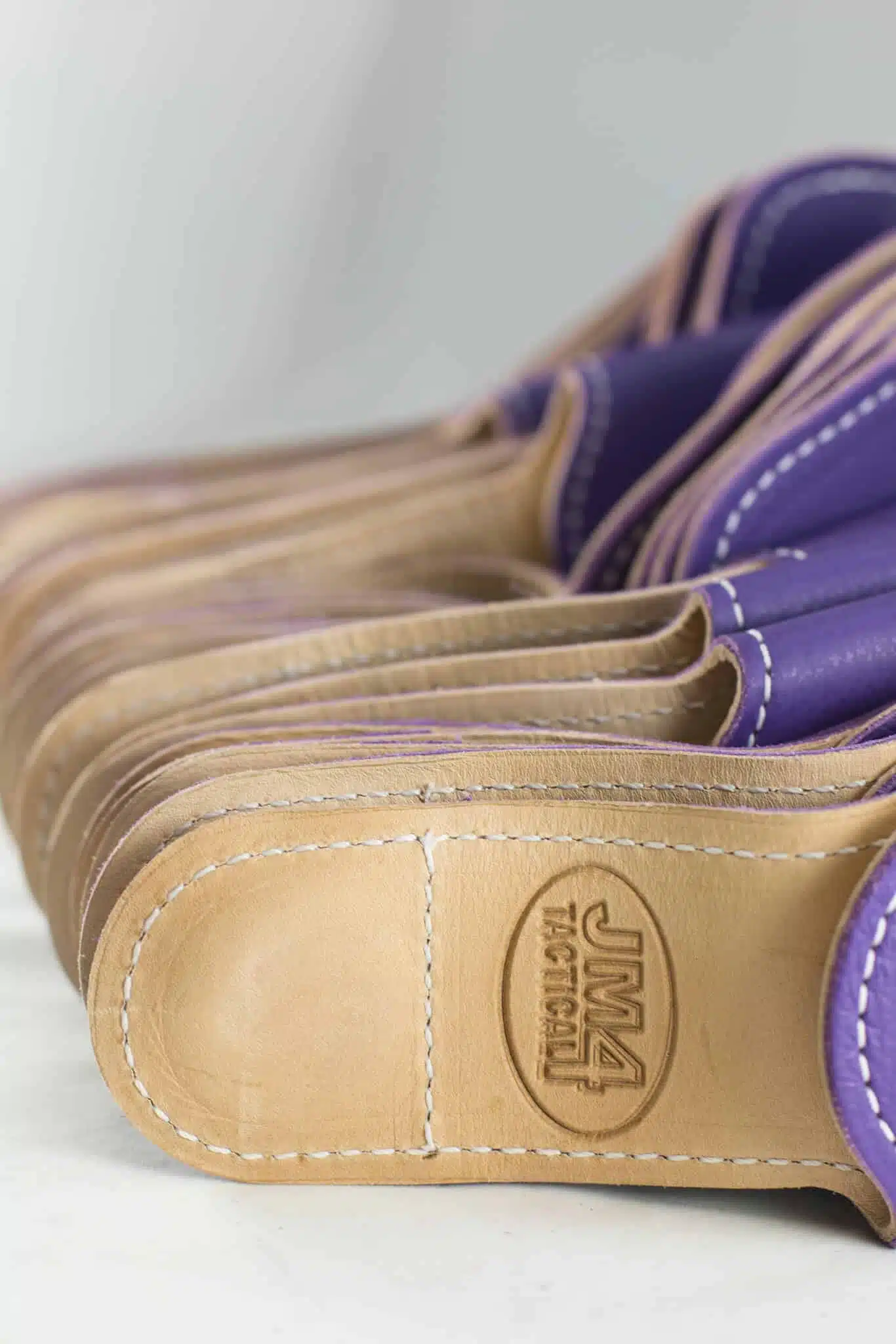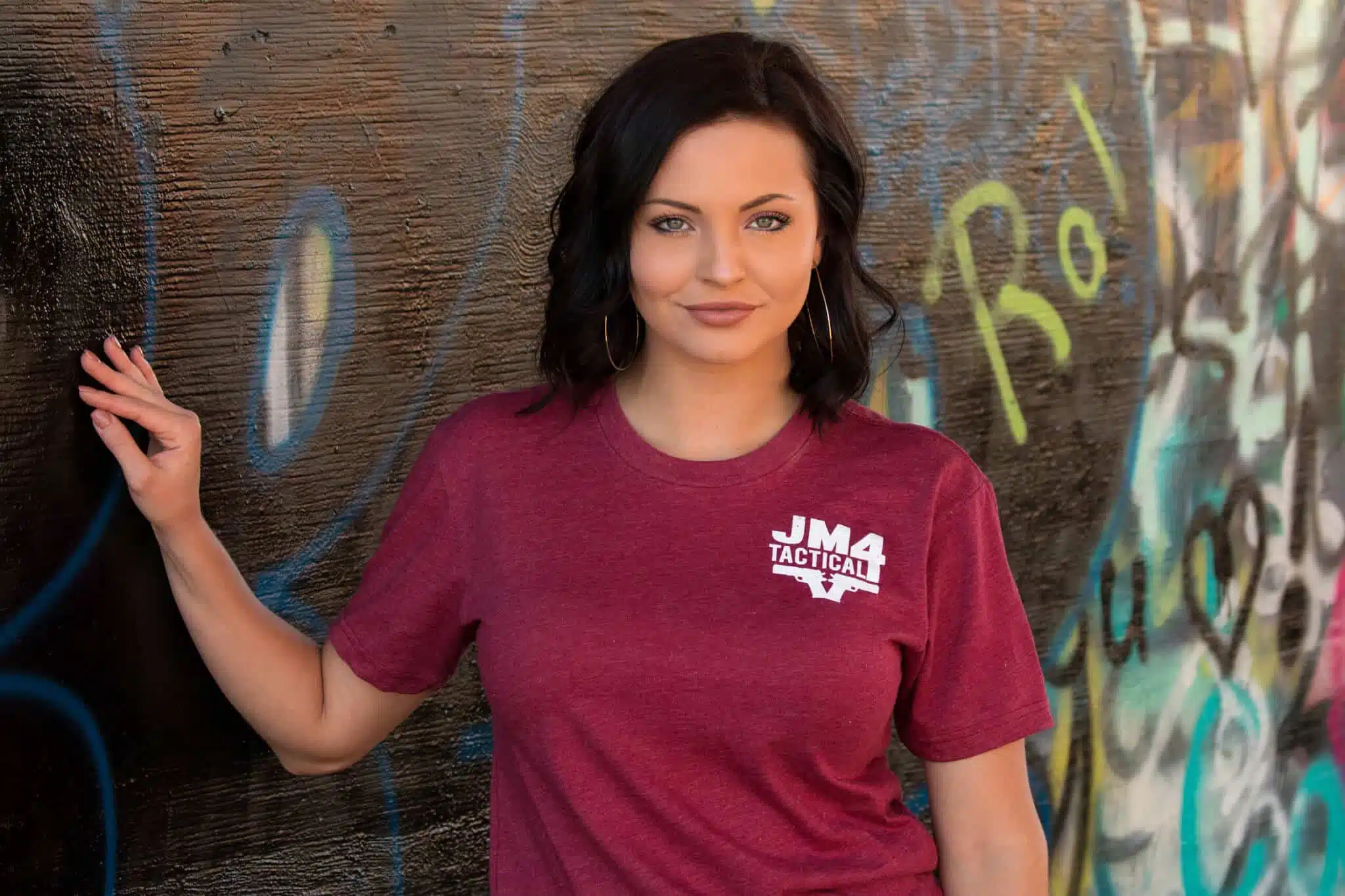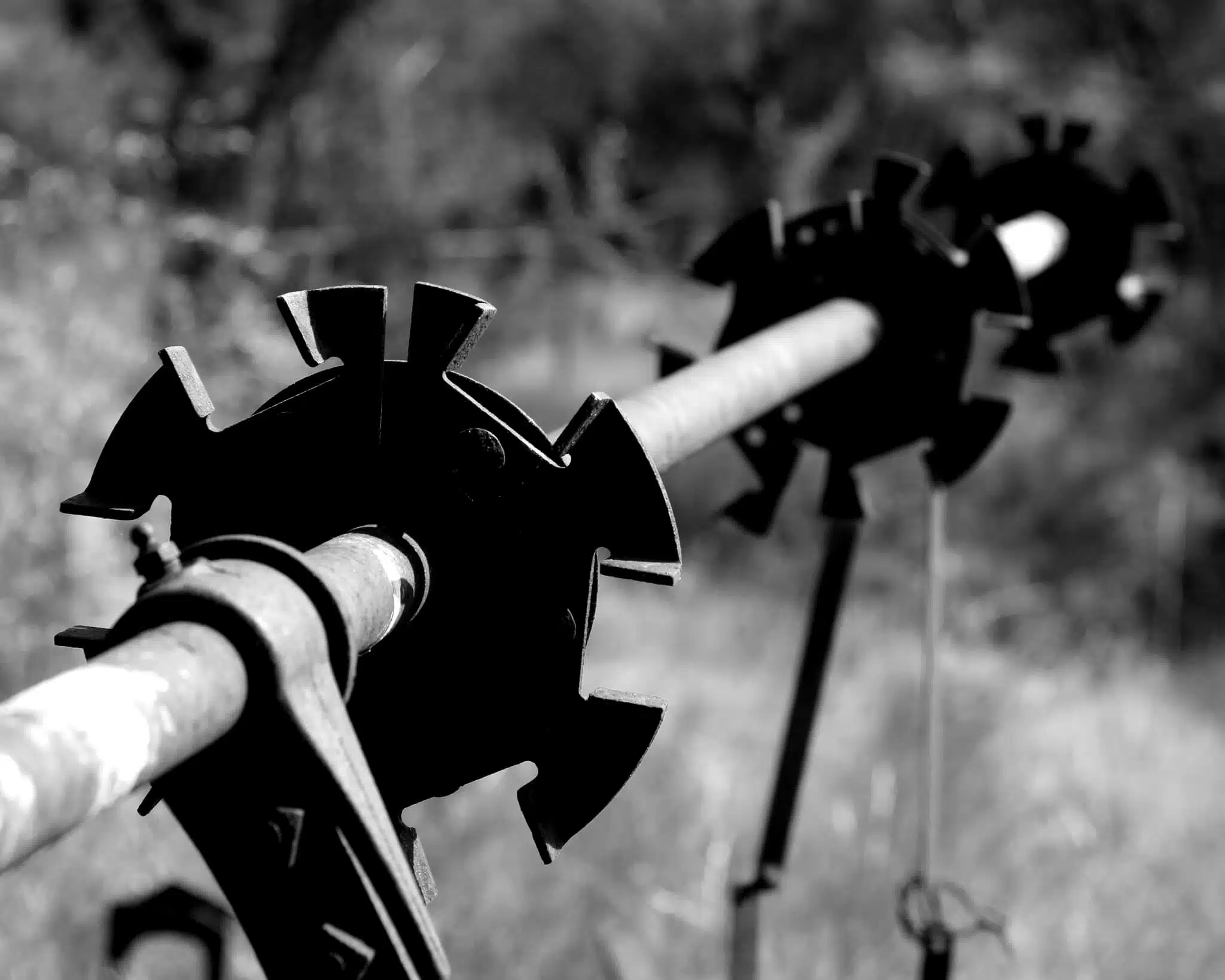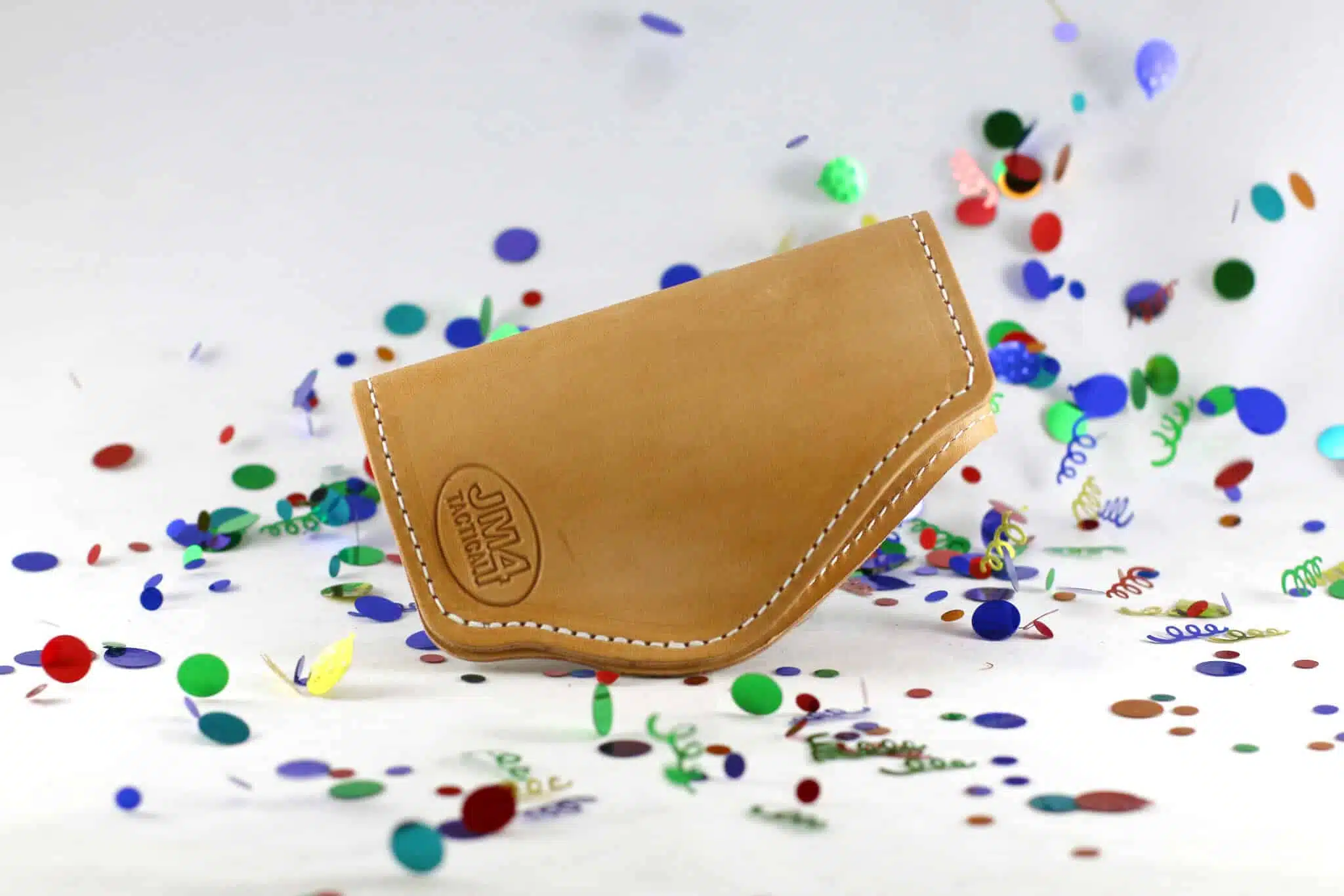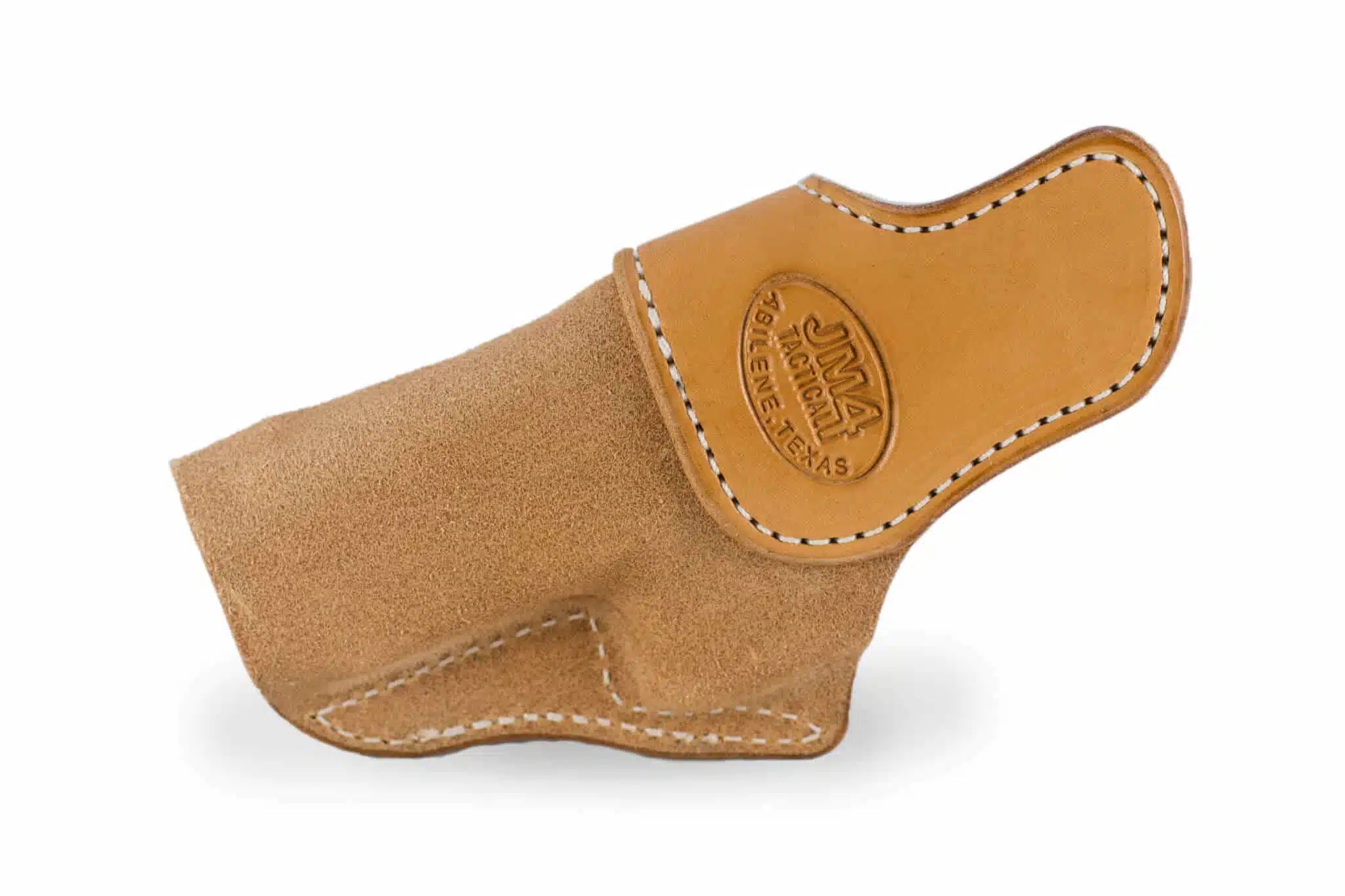Body Armor: Necessity or Useless Expense

Body armor – today, there are an estimated 390 million firearms in the United States, about 60 million more than people. Unfortunately, people with ill intent will inevitably find their way to one and can cause harm. With such high-profile shootings and civil unrest in the last few years, the concept of armor in places we can’t carry a firearm like government buildings. We will discuss the idea of body armor, some of the different types, and whether it is a good fit for you.
Body armor is rated by the National Institute of Justice (NIJ) and varies from Levels IIA, II, IIIA, III, and Level IV, with some manufactures offering III+, but is not officially recognized as a level. They range from soft armor that you can put either under or over your clothes, steel which is made of…steel, as well as composite plates.
Soft armor is likely the most available and is typically level II, and most civilians and security personnel I know wear it under their clothing. Like being a concealed carry gun owner, most don’t want to advertise that they have an advantage over those that may want to do them harm. Level II is rated for 9mm and 40 calibers, with IIA upgrading it to withstand up to .357 Magnum.
Level III+ is the next rating, and it covers hotter rounds like .357 Sig or 44 Magnum while still being flexible for the most part. Level III, you see an increase in the ability to stop rifle caliber rounds, like the 7.62×39 AK round and the 5.56. This type of armor is bulkier still and is likely too big to wear under one’s clothes.
Finally, type IV stops up to a 30-caliber armor-piercing round. Then you must consider whether to get plates made of steel or composite. Both can be rated for III or IV, and some companies offer an III+ that is reported to stop more rounds, but this is typically company dependent, not certified like the NIJ.
So, is body armor right for you? For day-to-day, I would say not many Americans would likely need armor. It is a personal decision to wear as it is to carry. Right now, it is legal to own, and while it is, I personally believe it is better to have and not need than need and not have. I have worn composite plates downrange with a full load, and it is heavy for an all-day carry, so I would use caution with getting steel as it is heavy. If you are in a more urban environment, I feel level IIIA is probably sufficient, but if you are in a more rural setting where hunting rifles are more the norm, I will go with Level IV.
There are a lot of unique ideas that could suit you based on your needs, such as backpack armor, armor-rated clothing, and a hoodie.
Also be sure to check out JM4 Tactical for your holster needs – whether you’re going with our patented magnetic retention holster or the traditional holster option.
Author: Ian Bolser
